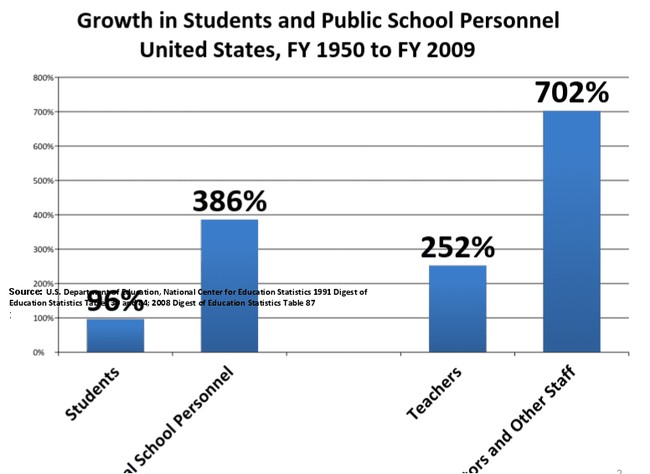This past week, “The Office” actress Jenna Fischer was lambasted all over social media for tweeting a falsity about the new tax reform bill disallowing teacher deductions for school supplies. This was false, of course. The original senate bill had indeed dropped the deduction but the final bill reinserted it.
Shockingly, when informed of her error Fischer not only deleted her tweet but issued an apology with a plea to her followers to retweet it so as many people as possible could see it. It was a classy and refreshing move.

However, in spite of her mistaken impression of the bill Fischer was right about one thing – she opened the door to a dialogue on the issue of teachers footing the bill in their classrooms and it’s one that is badly needed.
So let’s do it…let’s talk about the infuriating reality that many teachers are forced to purchase their own classroom supplies and pay for their own photocopy paper because of a “lack of funds” in education. That phrase is in quotations because it is the go-to excuse for every problem in public education. There’s never enough money, never enough resources and that means there’s always another reason to raise taxes on average Americans who just want a decent public education for their children. Despite more and more money being poured into the nation’s public schools every year, teachers are still coming out of pocket to provide basic supplies for their students.
By 2012, the national average for education spending in K-12 was about $11,000 per pupil. That number is about the same in 2017, although the actual cost varies from state to state, depending on their population and programs. Kansas has a fairly low rate of spending – about $6,000 per pupil. Washington D.C. spends a whopping $13,000 per pupil. Ironically it is one of the poorest performing districts in the nation.
You may be saying to yourself, “Well, $11K per year isn’t that much. College costs much more,” but let’s take a moment to really consider what we’re talking about. Think for just a second about what exactly it means to have that amount of money on every student in a classroom. Let’s take an elementary school for example. If an average classroom size is about 25 students and we multiply that by the average spending, that gives us $275,000 per year per classroom. If you’re in a school with 40 classrooms that’s $11 million per year to run a school.
“But Kira, not all that money is for the classroom. What about principals, staff, and other administrators at the district and state level? Surely those things suck some money out of the classroom.”
Thank you for bringing that up, imaginary reader!
You have pinpointed the exact problem. Indeed, much of that money does get funneled to staff and off-site administration. So much that in many places administrative costs have massively outpaced school population growth. In some states, like Louisiana, the public school population actually decreased even as administrative hires exponentially increased.
From 1950 to 2009 the student population increased by 95% while school personnel grew by 386%. In contrast, teacher hirings increased by just 252% while administrators and other school staff increased by a shocking 702%.

Let that sink in for a minute. While your school district is telling you there’s no money to increase teacher salaries or even pay for their classroom art supplies, they’ve been hiring non-teacher employees at a rate that is 451% higher than teacher acquisitions.
FOUR HUNDRED AND FIFTY ONE PERCENT!

Keep in mind that these are people who never see a classroom, never interact with a student, and for the most part play no part in shaping curriculum or innovating educational approaches. We are forever being told how teachers are among the most important public servants in America and yet we spend the majority of our education funding on people who will never teach in a classroom and will never have any direct influence on our children.
The constant drumbeat of “teachers don’t get paid enough” becomes grossly insulting in light of how much money we are allowing to be sucked out of the classroom for jobs that are often redundant and bloated in salary. By simply readjusting the rate of administrative growth to match student population growth we could save an average of billions of dollars every year without having to cut a dime in spending (from which there is most certainly much fat we could cut).
There is another conversation to be had about teacher salaries and whether they are really low relative to the private sector, but what can’t be argued is that no teacher should be forced to use their own earnings for very basic school supply needs. It is unconscionable in light of the above chart.
At a time when Americans seem so polarized when it comes to any and every issue, it’s good to find places in which we can reach common ground. Jenna Fischer seems like a rare breed of celebrity – curious and humble and unafraid to admit her mistakes to a very judgmental public. We certainly agree that no teacher should be footing the bill in their class.
I hope more people – including Fischer – will take the time to dig into why teachers are stretched so thin and join me in my outrage. The current state of American public education has put teachers and students at the bottom of the ladder, and we should all be disgusted by that no matter what our political affiliations and beliefs may be.













Join the conversation as a VIP Member